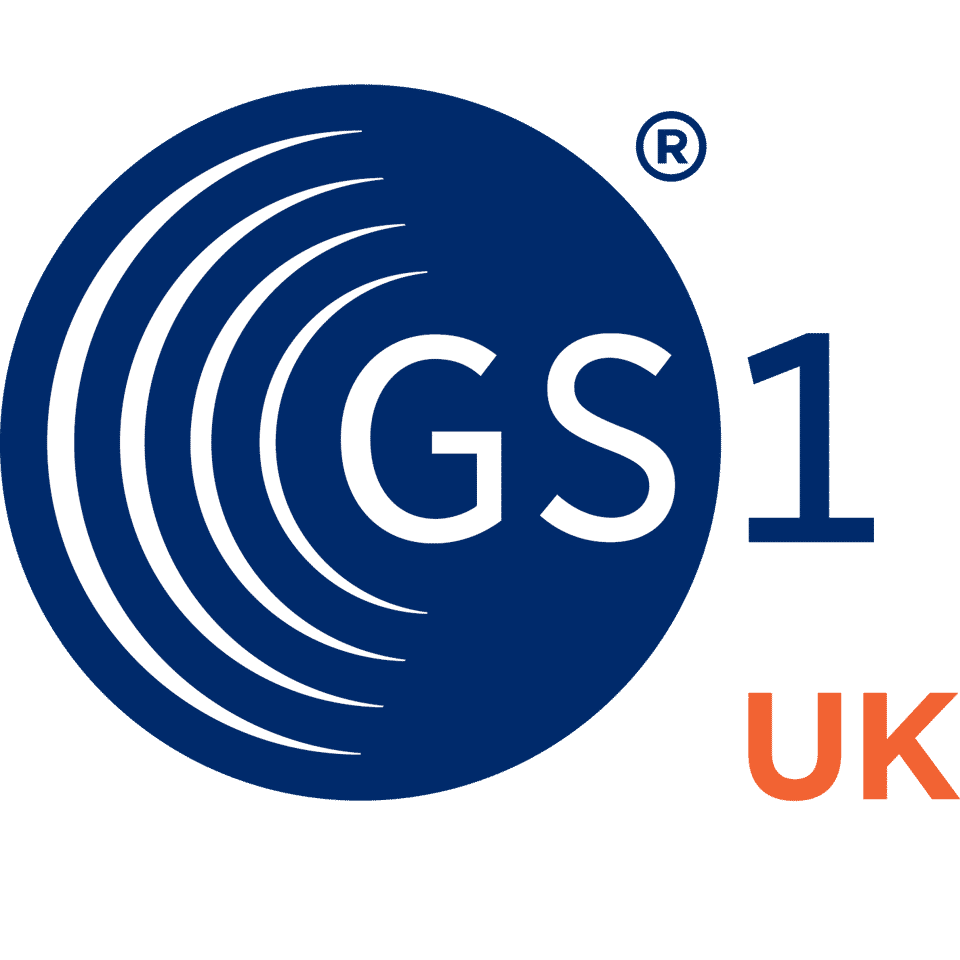Setting new standards in patient safety
Scan4Safety, the £12m UK healthcare initiative launched in 2016, uses barcode and RFID technology compliant with GS1 standards to enhance patient safety and operational efficiency. Early results show potential savings of up to £1bn for the NHS over seven years.

What is Scan4Safety?
The government’s £12m Scan4Safety programme was launched in 2016 via pilot programmes across six Trusts in England.
With key objectives to increase patient safety and improve operational efficiency, Scan4Safety utilises barcode and RFID technology in compliance with GS1 standards to improve the traceability of patients, medicines and devices. To achieve this, Scan4Safety has four fundamental elements of patient safety at its core — right patient, right product, right place and right process.
The pilot programme had many successes, with the participating Trusts reporting that it helped them save money and protect patient safety. Early results suggested Scan4Safety has the potential to save lives and up to £1bn for the NHS over seven years.
As GS1 standards are at the centre of our hospital asset tracking solution, Bradford Teaching Hospitals Foundation Trust (BTHFT) and Airedale NHS Foundation Trust (ANFT) engaged GS1 standards and Lyngsoe Systems to help improve their patient safety and healthcare logistics in line with Scan4Safety. The two Trusts had very similar needs, so they formed a collaboration to work with us on this project.

"Prior to the pandemic, finding equipment across busy hospital sites presented genuine challenges. COVID added to that difficulty with increased demand for equipment and reduced access to the wards. Working with Lyngsoe Systems to deploy a solution that tracks an initial 38,000 assets will ensure more staff capacity and expertise is available to provide essential care."

Aubrey Sitch
Programme Manager, Scan4Safety
Challenges in locating medical devices and equipment in hospitals
BTHFT and ANFT had the typical hospital experience of searching for medical devices and equipment across their main and community hospitals, causing many barriers and delays to the delivery of their healthcare services. During the COVID-19 pandemic, this challenge became even more prominent, with increased demand for equipment and reduced access to wards.
As the Trusts’ Scan4Safety programme team was already in the process of digitalising many of the hospitals’ procedures and helping them to adopt and implement GS1, this presented the ideal opportunity to implement a sustainable hospital asset tracking solution.
We worked closely with the Scan4Safety team and clinical engineering department over several months to understand and assess their requirements and ensure we delivered the right solution for their needs. The first challenges they wanted to address were specific to the clinical engineering department, members of which regularly wasted time searching for medical devices – this can lead to items reaching their expiry date before they can be maintained, which of course has many risks attached.
Our GS1 approved RFID healthcare solution
Following our assessment, we recommended X-Tracking™, our GS1 approved asset tracking solution, which uses a combination of GS1 standards and RFID technology. The solution easily integrates with BTHFT and ANFT’s e-Quip asset management software and will track over 38,000 items using 260 installed at logistical choke points throughout the hospitals across both Trusts once the implementation of the solution is complete.
Despite having many anticipated long-term benefits for the logistics of the hospitals at large, our main mid-term aim was to save time and costs and, most importantly, improve patient safety. X-Tracking™ will improve efficiency for the clinical engineering team in locating equipment, identifying its status and ensuring it is maintained on time, cleaned and fit for use. This supports infection control, reduces the risk to patients and helps achieve and maintain regulatory compliance.

Implementing a hospital asset tracking system
The Trusts are part way through the implementation, which our dedicated healthcare team is supporting step by step, including training staff on how to correctly label medical equipment, troubleshooting any issues that occur and helping other teams and departments to adopt the new technology and processes.
We spoke with Amreen Karim from Bradford Royal Infirmary’s clinical engineering department to see how the implementation is going:
“We’ve labelled around 8,000 items so far and have installed nearly 100 readers, and we’re already seeing results in terms of identifying when a device is due for planned preventative maintenance and spending less time out on the wards looking for each item. We’re looking forward to utilising the tracking data generated when the solution is fully rolled out – the possibilities are endless.”
Collaborating for smarter healthcare logistics
Our partnership with BTHFT and ANFT is ongoing. We are working with the Scan4Safety team and clinical engineering department to continuously develop X-Tracking™ to meet their needs and streamline their operational processes to help them provide essential care.
Reach out to us and let us help you optimize your healthcare logistics.
Explore More Articles
FAQ
What are the benefits of Scan4Safety?
The Scan4Safety initiative provides numerous benefits, including improved patient safety by ensuring the right patient receives the right treatment at the right time, accurate product traceability, and cost savings via reduced wastage and improved inventory management.
How does Lyngsoe Systems' X-Tracking™ solution support Scan4Safety?
X-Tracking™ brings Scan4Safety to life by turning standards into smart, trackable processes, in turn boosting patient safety, reducing costs, and giving staff more time to focus on care.
Can X-Tracking™ integrate with existing hospital asset management software?
Yes, Lyngsoe’s X-Tracking™ solution can integrate with your hospital’s existing asset management software to provide updated location data of medical devices and enhance overall asset management.